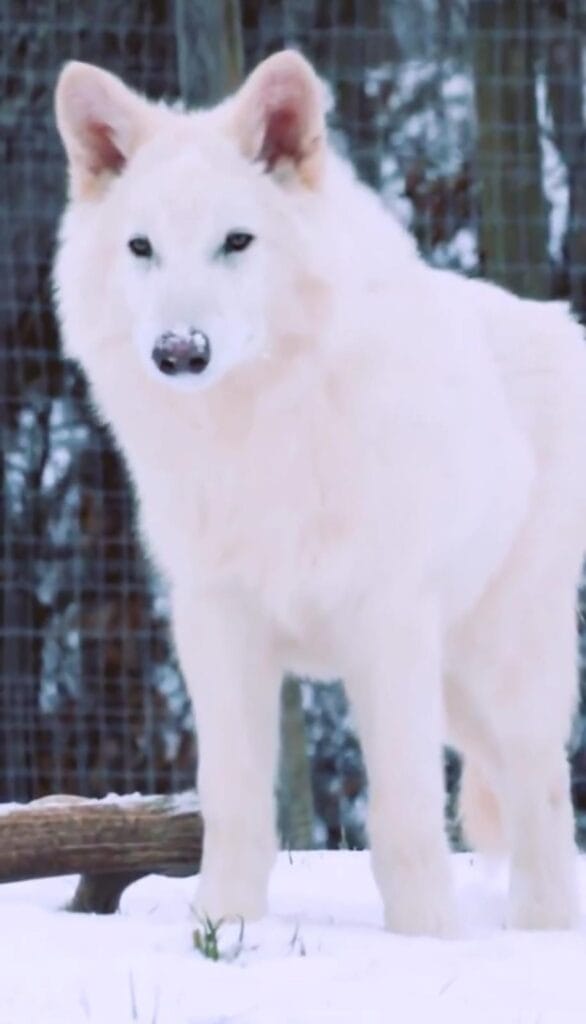Where did these dire wolves come from? Straight out of Game of Thrones? A time travel experiment gone wrong? Nah, nah — this is the real deal.

It’s all thanks to tech! With CRISPR (Clustered Regularly Interspaced Short Palindromic Repeats) gene editing, scientists are bringing extinct species back to life — and the dire wolf is leading the way. It’s not magic, it’s genetic engineering!
The company behind this wild idea is Colossal Biosciences. They’re pushing the boundaries of science with CRISPR to bring back extinct species like the dire wolf and more. Founded by a team of visionaries, Colossal is on a mission to rewrite history, one species at a time.
Colossal Biosciences: The Company Reviving Extinct Species
The company making all of this happen is Colossal Biosciences. They’re working to bring back animals that have been gone for thousands of years, like the dire wolf. Founded by Ben Lamm and George Church, Colossal is using gene editing to bring back these ancient creatures.
Now, let’s talk about the dire wolves, they’ve started with ancient DNA samples recovered from dire wolf fossils — 99.5% of which comes from modern gray wolves. In fact, it’s that remaining 0.5% that makes all the difference. But here’s the game-changer: they’ve also recovered DNA from dire wolf skulls (about 72,000 years old) and teeth (around 12,000 years old). The remaining 0.5% of DNA that’s different from the gray wolf is the secret sauce that gives the dire wolf its distinct features — things like white fur, muscle mass, and the intense size.
All of this is made possible by CRISPR technology, a game-changing tool that allows scientists to precisely edit genes

How Does CRISPR Work?
CRISPR is a groundbreaking gene-editing tool that allows scientists to make precise changes to DNA. Think of it like a pair of molecular scissors that can snip out specific pieces of genetic code and replace them with new, improved sequences. This tool is revolutionizing the way we approach genetics and opens up endless possibilities for medical and biological advancements.
CRISPR works like photo editing. You can cut out the part of the image (DNA) that you don’t want and replace it with something better. It’s as simple as editing out flaws and improving the picture to get the result you want.
Next Target: Dinosaurs?
So yes, all of this is based on actual research and development, but it’s still a work in progress. It’s important to note that the process of bringing back extinct species through gene editing is still experimental and not yet fully realized.
Curious about how AI fits into the picture? Don’t miss our other read: AI is Smart, But It Can’t Replace Human Hustle
At this rate, don’t be surprised if one day a T-Rex from Jurassic Park comes charging past your window. Better start running… or maybe just grab some popcorn — because science is turning into a blockbuster!
Hahahaha !!





Pingback: AI is Smart, But It Can’t Replace Human Hustle
Pingback: Life with the Apple Vision Pro: See the Future